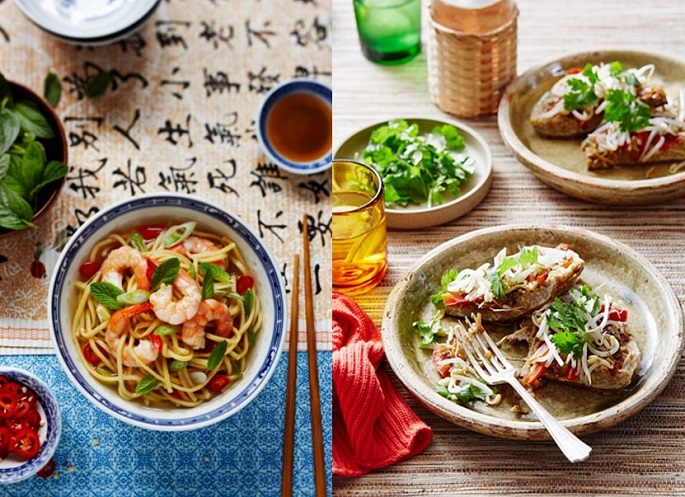Anyone in China wishing to dine in a restaurant belonging to the top 1,000 restaurants in the world may need not travel abroad. In Beijing alone, there are more than 20 of them.
With 100 entries, China ranks third among the countries with the most number of restaurants that made it onto La Liste (The List) 2017, a trusted reference for the world’s top restaurants.
Invitees--chefs, food critics, journalist from different continents--witnessed the big reveal at Quai d’Orsay Palace in Paris on Dec. 5, according to La Liste’s website.
Japan, for the second time, had the most number of entries: 116. France remains on the second spot, with 113 restaurants.
Number 20 on the 2017 ranking is Hong Kong Jockey Club (score: 98.75) in Beijing.
HKJC actually offers plenty of dining options through Fortune Room, The Capital, The Derby, The Library, The Lounge, and its flagship restaurant Beijing Oi Suen.
Two more restaurants in China got included in the Top 100: Huai Yang Fu (98.00) in Beijing at number 36 and Bing Sheng Gong Guan (97.00) in Guangzhou at number 68.
Huai Yang Fu serves authentic Huaiyang cuisine, “one of the Four Great Traditions of Chinese culinary practices,” according to City Weekend. Diners frequently order Yangzhou chaofan (fried rice), stir-fried prawns, tofu (bean curd) noodles in broth and lion’s head meatballs.
Bing Sheng’s signature dishes include xia sheng (raw shrimps), Chef's Black BBQ Pork, roasted goose, seasoned geese intestines and, for deserts, Bo Luo Bao (pineapple buns--with no pineapples) and peanut-coated glutinous rice balls.
With a score of 83.25, the vegetarian restaurant Fu He Hui (Fortune, Harmony, Wisdom) in Shanghai found itself at the bottom of the list at number 1,000.
In the 2016 edition--the very first one and released on Dec. 2015--China ranked fourth with 69 restaurants, 43 of which located on the mainland, reported The New York Times.
The top three were Japan (126), France (118) and the U.S. (101).
La Liste describes itself on its website as “an algorithm-based aggregator of food guides and reviews, crafting the perfect ranking of the world’s best restaurants.”
The people behind it annually gather “trusted sources from around the world.”
This year, for the 2017 ranking, La Liste covered 135 countries, checked 430 guidebooks and evaluated 100,000 food reviews.
With the Ambassador of France Philippe Faure acting as president, professionals from different continents--many of them journalists--make up the advisory board of La Liste.
Among the 16 international advisers, three hail from China: journalist-author Nong He, food critic Dong Keping and journalist Xing He. Others come from Argentina, Brazil, France, Italy, Japan, the Netherlands, Russia, Switzerland, U.K. and U.S.
La Liste’s method focuses on three things: transparency, integrity and universality.
Over a private lunch on Dec. 2015, Faure said that he and his team “aim to be serious and honest” and endeavors to make La Liste as the “global reference,” quoted The New York Times.
La Liste’s 2017 Top 10 Best Restaurants in the World:
1. Guy Savoy (France) - 99.75
2. Kyo Aji (Japan) - 99.50
3. Le Bernardin (U.S.) - 99.50
4. Alain Ducasse au Plaza Athenee (France) - 99.25
5. El Celler de Can Roca (Spain) - 99.25
6. Jean-Georges (U.S.) - 99.25
7. Osteria Francescana (Italy) - 99.25
8. Kyubey (Japan) - 99.25
9. Restaurant de l’Hotel de Ville (Switzerland) - 99.00
10. Joel Robuchon (Japan) - 99.00



























